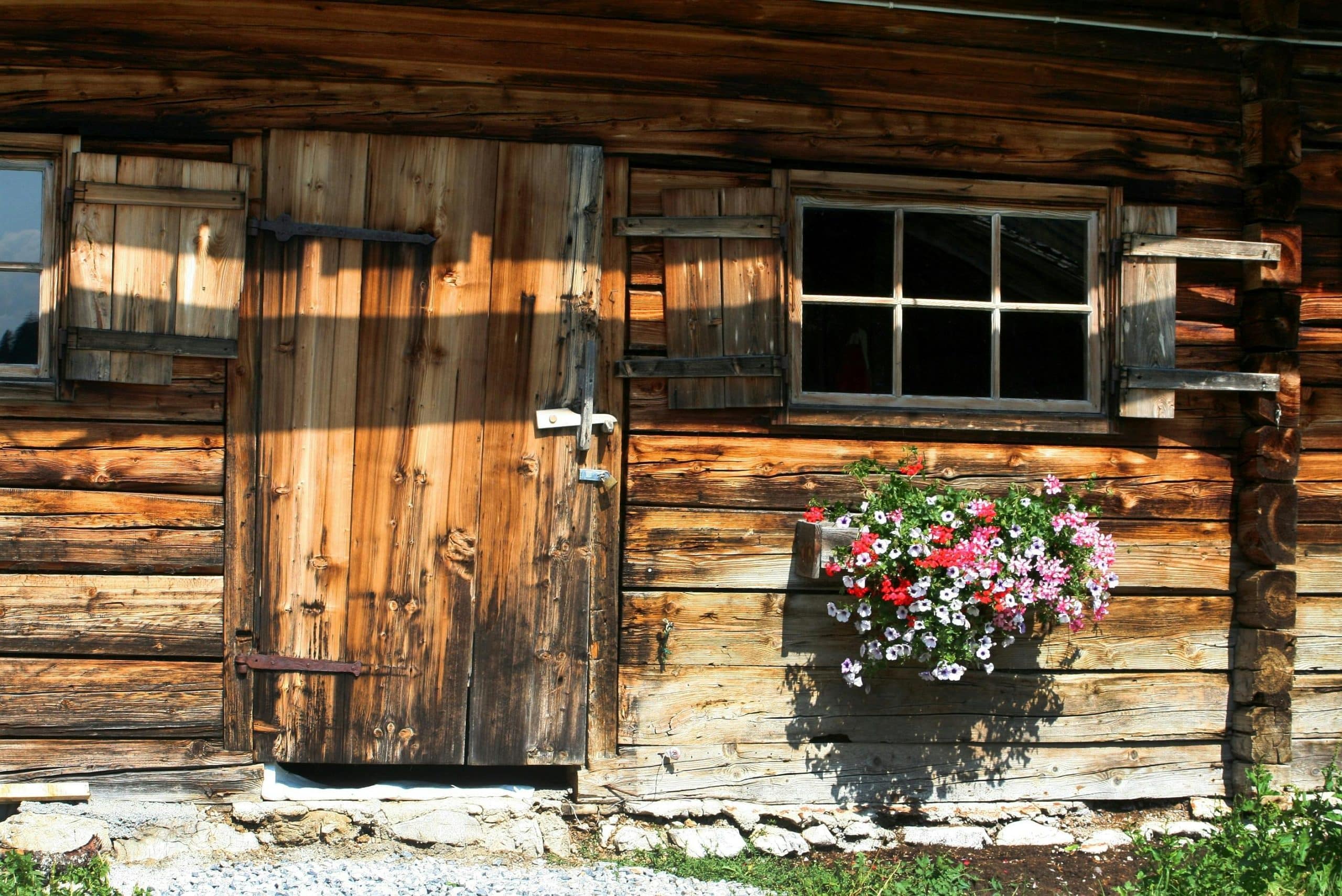What’s the Most Sustainable Material for Building a DIY Garden Shed?

In recent years, there’s been a growing trend in DIY projects, particularly in the construction of garden sheds. These structures offer additional storage space, add aesthetic appeal to your garden, and can serve various purposes from a toolshed to a quaint escape in your backyard. When you’re looking to build a garden shed, it is essential to consider the material you will use. This article will explore various materials for building garden sheds, with a focus on sustainability, eco-friendliness, and ease of construction for DIY enthusiasts.
1. Wood: A Timeless Option
Wood has been a go-to material for building garden sheds for centuries. It’s a natural, renewable resource that can be sustainably sourced from certified forests. Wood sheds not only blend beautifully with garden landscapes but also exude a rustic charm that makes them a favorite among many homeowners.
Avez-vous vu cela : How Can You Create a Home Library that Doubles as a Soundproof Study Space?
One of the key benefits of wood is its versatility in design. It can be cut, shaped, and styled in various ways, allowing for unique and personalized designs. Furthermore, wood sheds can be painted or stained to match your home or garden theme. As for eco-friendliness, wood is biodegradable and has a smaller carbon footprint than many other building materials.
However, wood sheds require regular maintenance to prevent decay, rot, and pest infestation. Using a high-quality, weather-resistant wood such as cedar or redwood can help reduce these issues.
Avez-vous vu cela : What’s the Best Way to Organize a Tool Shed for Easy Access and Efficiency?
2. Resin: Durable and Low-Maintenance
Resin is a synthetic material commonly used in the production of garden sheds, particularly by brands like Keter. Made from high-density polyethylene (HDPE), resin sheds are known for their durability, weather resistance, and ease of maintenance.
Resin sheds are incredibly easy to assemble, making them an excellent choice for DIY enthusiasts. Many resin shed kits come with pre-drilled holes and easy-to-follow instructions, allowing you to have your shed up in no time.
From an eco-friendly perspective, many resin sheds are made from recyclable materials. Brands like Keter have taken this a step further by creating an eco-range of garden sheds made entirely from recycled resin.
While not as natural looking as a wood shed, resin sheds can be designed to mimic various natural materials, including wood and stone, allowing them to fit well within a garden setting.
3. Metal: Robust and Long-Lasting
If you’re looking for strength and longevity, metal might be the material for your garden shed. Metal sheds are robust, resistant to pest infestations, and require far less maintenance than their wood counterparts.
From a DIY perspective, metal sheds can be more challenging to assemble than resin or wood sheds. However, many metal shed kits come with detailed instructions, which can guide even novice builders through the process.
In terms of sustainability, metal sheds are often made from galvanized steel, which is recyclable. Moreover, a well-built metal shed can last for decades, making it an eco-friendly choice in terms of longevity.
4. Green Roof Sheds: The Pinnacle of Sustainability
While not a material in the traditional sense, incorporating a green roof into your garden shed design can significantly enhance its sustainability. A green roof involves growing vegetation on the roof of your shed, offering a host of environmental benefits.
By incorporating a green roof, your shed can help to reduce stormwater runoff, improve air quality, and provide a habitat for local wildlife. Additionally, a green roof can add insulation to your shed, helping to regulate its internal temperature and reduce energy consumption.
Creating a green roof on your garden shed can be a fun and rewarding DIY project. It involves installing a waterproof layer on your shed roof, adding a growing medium, and then planting your choice of vegetation.
5. Reclaimed Materials: The Ultimate in Eco-Friendly Building
For the eco-minded DIYers out there, consider using reclaimed materials for your garden shed. This could include repurposed wood, old doors and windows, or recycled metal and bricks. Using reclaimed materials helps to reduce the demand for new materials, and gives a second life to items that might otherwise end up in landfill.
Building with reclaimed materials can be a creative and fulfilling project. However, it does require a bit more planning and effort, as you’ll need to source the materials and possibly adjust your design based on what’s available.
In conclusion, there are several materials available for building a sustainable and eco-friendly garden shed. Whether you choose natural wood, durable resin, robust metal, or go the extra mile with a green roof or reclaimed materials, remember that sustainability involves more than just the materials. Consider the lifespan of your shed, its maintenance requirements, and how it will be used to ensure you make the most sustainable choice for your garden shed project.
6. Straw Bale: Ancient, Natural and Eco-Friendly
Innovative as it may seem, constructing buildings out of straw bales is not a new concept. The technique is centuries old and has been rediscovered in recent years as a sustainable and eco-friendly option for building a garden shed.
Straw bales, made from the leftover stalks of harvested grains like wheat and rice, are an agricultural waste product. Using them as a building material diverts this waste from landfills or being burned, both of which are activities detrimental to the environment. Straw bale sheds are excellent insulators, helping to keep the storage space cool in summer and warm in winter.
As a bonus, straw bales are cheap, readily available, and surprisingly resilient. A well-constructed straw bale shed can withstand the elements as effectively as a wooden or metal shed. However, it does require careful design and a good understanding of straw bale construction techniques to avoid moisture and pest problems.
The process of constructing a shed out of straw bales is an exciting and rewarding DIY project. It’s relatively straightforward, but does require patience and careful attention to detail. A straw bale shed is a great conversation starter and a testament to your commitment to environmental sustainability.
7. Combination Builds: Blend of Functionality and Sustainability
Combination builds refer to the practice of using different materials for different parts of your garden shed. You could choose a wooden frame for its natural look and adaptability, add a metal roof for durability, use straw bales for walls, and incorporate a green roof for the ultimate sustainable design.
Combination builds allow you to take advantage of the strengths of each material. For instance, metal is excellent for roofing as it’s durable and requires little maintenance. On the other hand, when used for walls, metal can cause condensation issues. By using straw bales for the walls, you solve that issue while also gaining excellent insulation.
In combination builds, it’s also worth considering the use of solar panels. Solar panels convert sunlight into electricity, which you can use to power lighting or tools in your garden shed. This can be a great way to further reduce your shed’s environmental impact.
Just bear in mind that combination builds require more planning and may be a bit more challenging for the DIY enthusiast. It’s crucial to consider how these different materials will work together and plan your shed building project accordingly.
Conclusion: Choose Wisely, Build Responsibly
In the quest for the most sustainable material for your DIY garden shed, there is no one-size-fits-all solution. The most environmentally friendly choice will depend on many factors, including your local climate, the availability of materials, your budget, and your DIY skills.
Whether you opt for the rustic charm of wood, the low-maintenance of resin, the durability of metal, the insulation benefits of straw bales, the environmental advantages of a green roof, or the creativity of reclaimed materials, always remember that every choice you make impacts our planet.
Incorporate sustainable practices when building your garden shed. Consider installing solar panels to reduce your energy consumption or add a green roof to support local biodiversity. It’s not just about the materials you use, but how you use them.
Ultimately, building a sustainably sourced garden shed not only provides the practical benefits of additional storage space, but also gives you the satisfaction of knowing that you are contributing to the preservation of our environment. When we all make choices with sustainability in mind, we can make a big difference. Build wisely, build responsibly, and enjoy your eco-friendly garden shed for many years to come.
